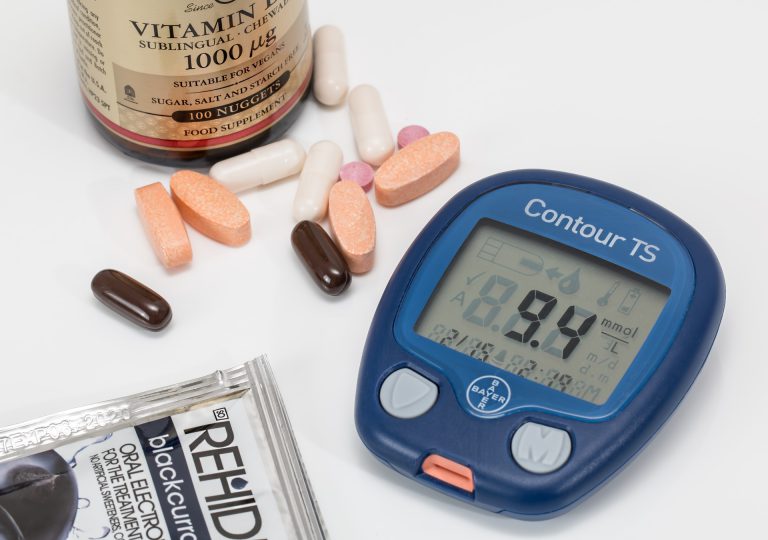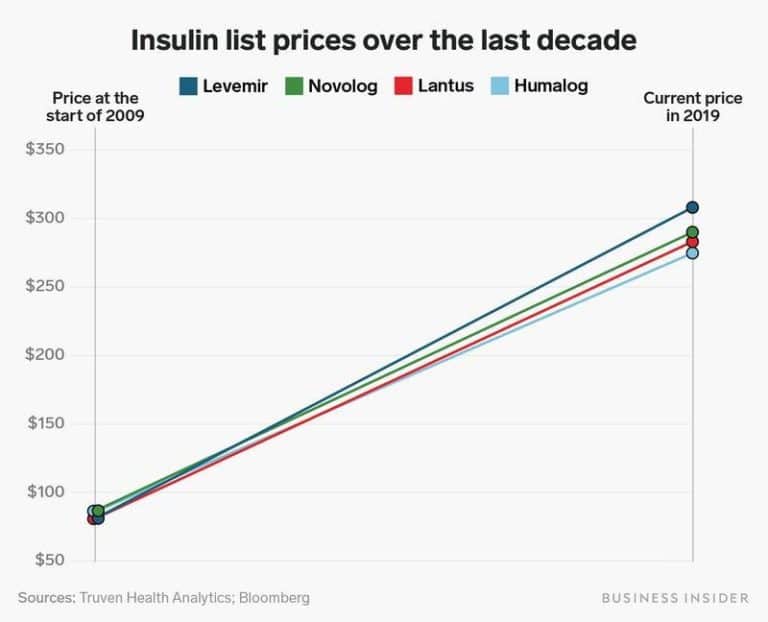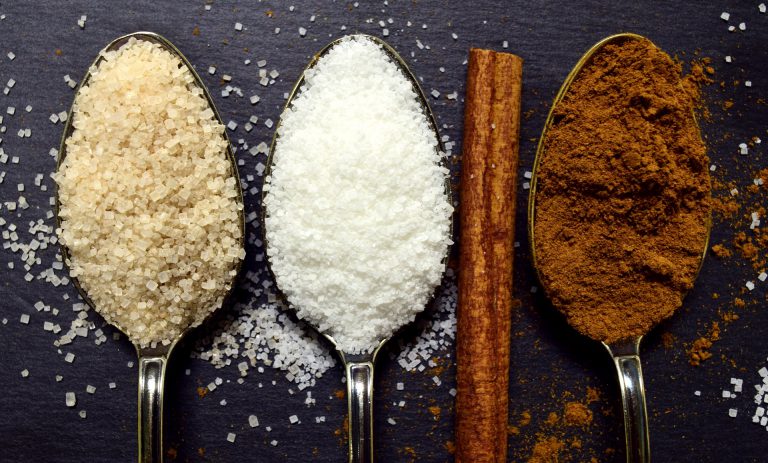How to Treat Pre-Diabetes
Our earlier blog on “pre-disease” looked at some of the causes of pre-diabetes, when your blood sugar levels are higher than normal but not as high as in full-blown Type 2 diabetes. We wanted to share a bit of the advice we found on treating pre-diabetes.
Although the American Diabetes Association (ADA) says medications can be an option for people with pre-diabetes, they advise people not to jump to them. The medications are not harmless as has been shown in a major clinical trial, where scientists found that aggressive treatment for diabetes resulted in a higher death rate than standard care. The ADA suggests that instead, a person with pre-diabetes should opt for lifestyle changes, including regular physical exercise, try to lose weight if needed and check the blood sugar levels regularly.
Healthy lifestyle choices can help persons with pre-diabetes bring blood sugar level back to normal, or at least keep it from rising toward the Type 2 diabetes levels. To prevent pre-diabetes from progressing to Type 2 diabetes, the Mayo Clinic suggests:
- Eat healthy foods. Choose a variety of foods low in fat and calories and high in fiber. Focus on fruits, vegetables and whole grains. We have included some diet options below.
- Be more active. Aim for 30 to 60 minutes of moderate physical activity most days of the week. Oxygen-consuming movement for 20–30 minutes improves cardiovascular well being.
- Lose excess weight. If you’re overweight, losing just 5 to 10 percent of your body weight can reduce the risk of developing Type 2 diabetes. To keep your weight in a healthy range, focus on permanent changes to your eating and exercise habits.
- Stop smoking. Enough said.
- Take medications as needed. If you’re at high risk of diabetes, your doctor might recommend metformin (Glucophage, others). Medications to control cholesterol and high blood pressure might also be prescribed.
Good nutrition is one of the most important aspects of a healthy lifestyle. In a previous blog we provided an overview of several trending diets that not only aim to improve your overall health but can also help to lower and manage blood sugar levels. Here are some additional self-care diet options:
- Low Fat diet Reducing high-fat foods, e.g., dairy, oil and red meat, to improve cardiovascular wellbeing.
- Low Carb diet Limiting grains, focusing on bland vegetables and products that are high in protein and fat.
- Mediterranean diet One that accentuates natural products, vegetables, full grains, vegetables, nuts, fish and olive oil.
- Diabetic diet Enables diabetics to control their glucose by decreasing sugar and starches, drinking fewer soft drinks and eating less bread.
Along with good nutrition, regular physical activity is an important part of dealing with pre-diabetes. With physical exercise the cells in the body become more sensitive to insulin so it works more effectively. Taking regular walks around the block is great, going for a run, or signing up for a marathon – getting started is the most important part.









